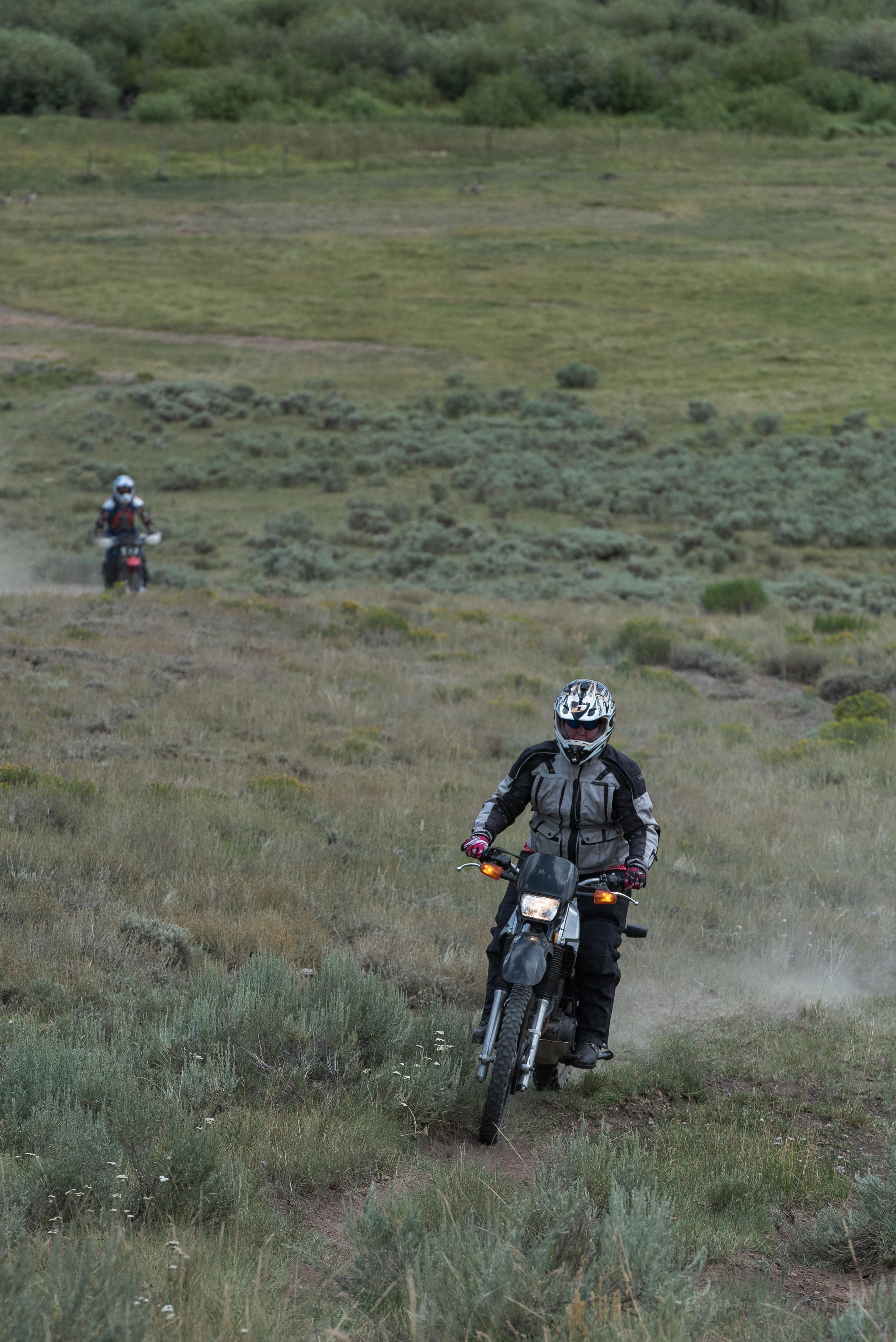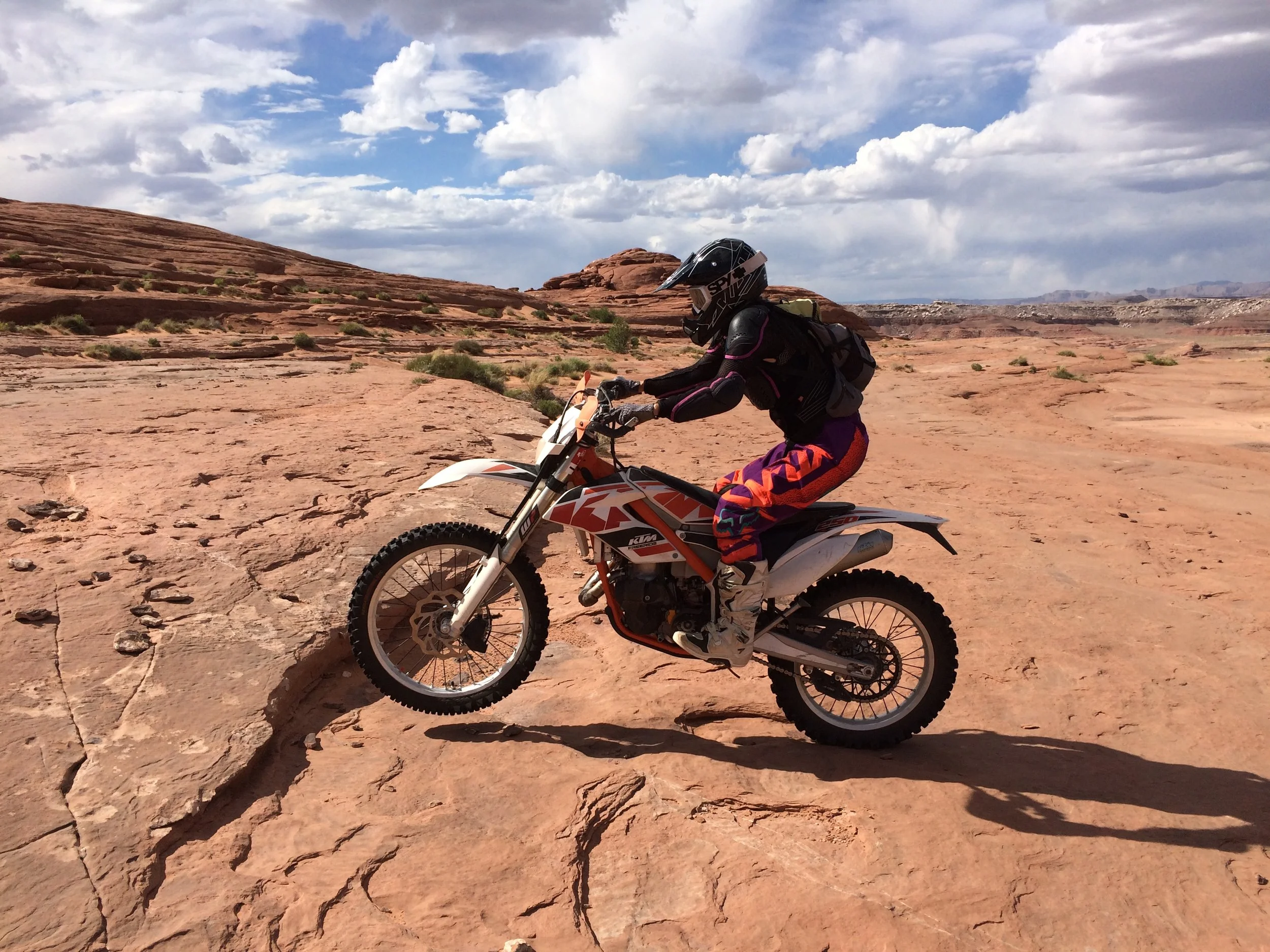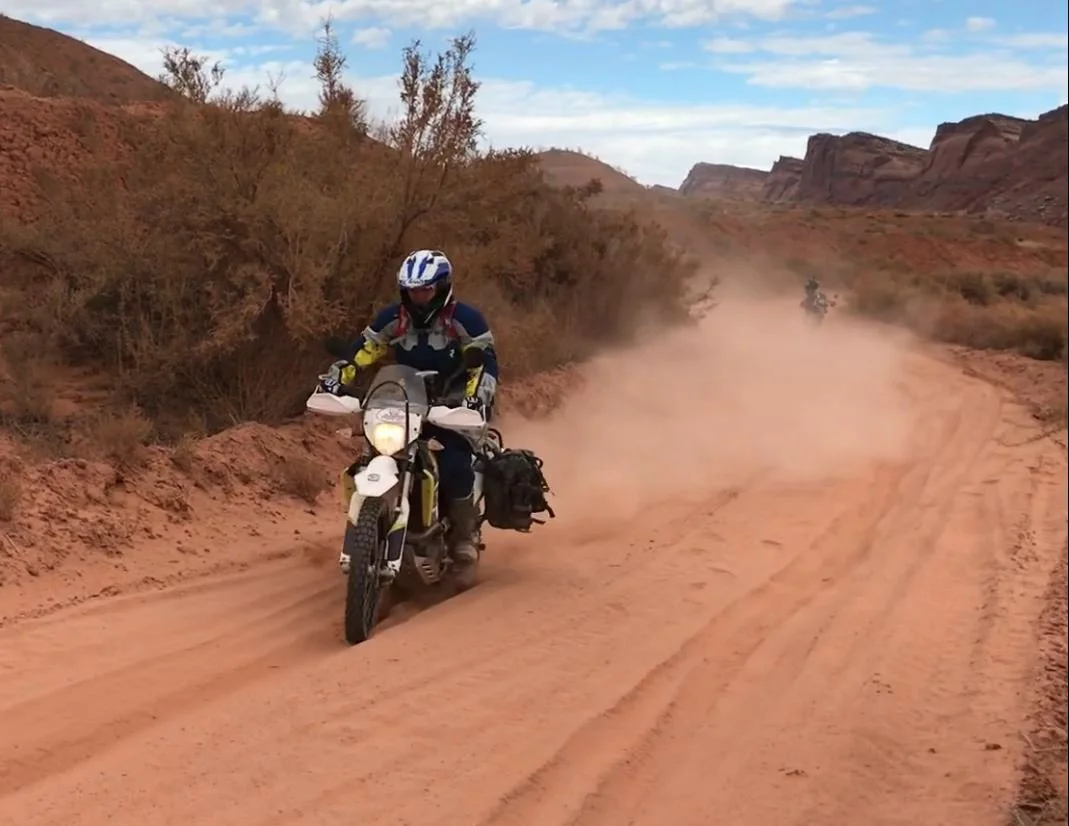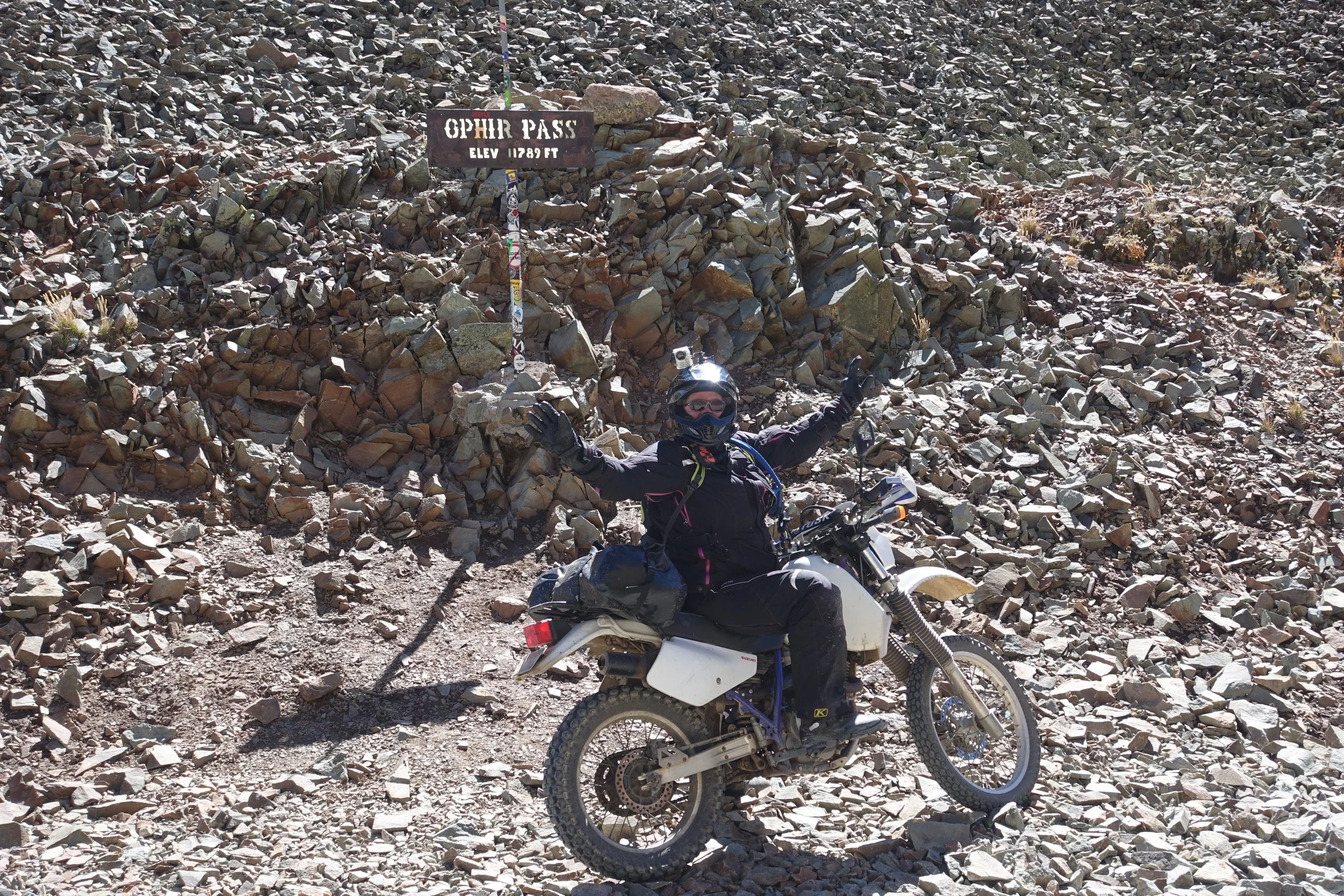Line Choice (It Depends!) By Pat Jacques
Question: What is the best line to ride?
Answer: It depends!
How do I pick the best line?
Proper line choice depends upon riding conditions. We take different lines when traction is good, versus when traction is slippery. For this discussion, we’ll define traction as the amount of grip the tires have on the road or trail.
When do you have the most traction? When both tires are firmly on the ground.
When is the motorcycle most stable? When the bike is perpendicular to the ground.
Think of traction and angles:
Larger embedded obstacles (think rocks) are more stable than smaller loose obstacles (like rolling rocks or gravel)
Hit obstacles perpendicularly rather than at an angle
Guiding principles
In good traction conditions, the best line is the smoothest line. If you cannot find a smooth line, the best line choice is a straight line. Straight lines allow the bike to be more stable and perpendicular to the ground. When the bike is leaning the contact patch of the tire on the ground is smaller and more prone to skidding.
Sometimes the smoothest and straightest line means unweighting the bike and skimming over rough areas. (Sometimes that means speeding up a bit in the rough stuff.) When we have good traction, we tend to avoid ruts and lose rocks. In good traction conditions the camber, or the slope of the trail is less important.
In slippery traction conditions like mud, sand, or gravel the ground is not stable. The ground will shift under your tires. In low traction situations where the tire has less grip, camber- the slope of the trail, is extremely important. The tires will tend to slide “down” the direction of the “fall line.” (Fall line is the direction a ball would roll on an uneven surface.)
Sometimes the smoothest and straightest line means unweighting the bike and skimming over rough areas.
Ruts are not the enemy
In slippery conditions, ruts are your friend. The tire will have a natural tendency to slide down into the belly of the rut. Rather than fight it, go ahead and ride that rut. It will stabilize your bike. Ruts also lower your bike making it easier to get your feet down when needed.
Water as a guide
Pay attention to where water naturally runs down the trail. Small pebbles and debris tend to collect in water run off ruts. In slippery, muddy conditions, you’ll have better traction riding on the gravel and debris in the rut rather than sliding in the mud. Watching the camber of the trail will clue you into where water runs off the trail. In the desert, water runoff in arroyos causes dangerous washouts so pay attention to the slope of the trail or dirt road. Washouts are typically located on the downhill side. Washouts are especially noticeable on curves because curves naturally are cambered rather than flat.
Build skills off the bike
Practice line choice when you are mountain biking or hiking. Training your eyes and brain to read the terrain and make swift decisions is an essential skill. The faster you ride, the further ahead you must look and make quick decisions on good lines. While riders may recover from poor line choices, it will sap your energy and sooner or later you’ll get bitten. Consistently choosing good lines is safer, typically faster, and you’ll finish the day with energy.





